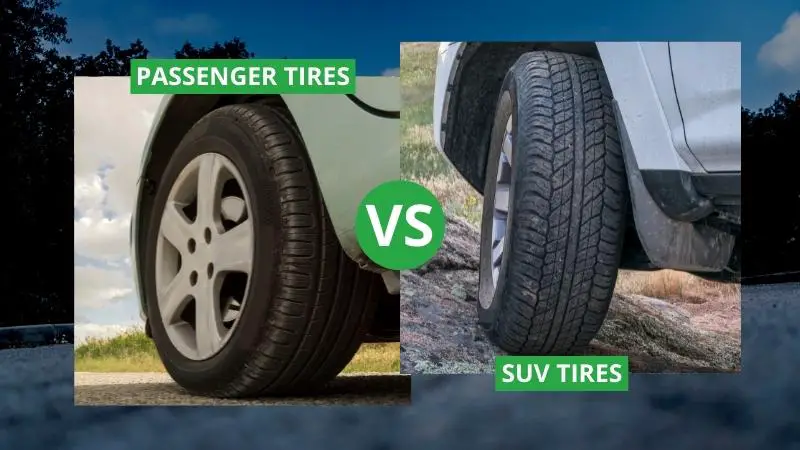Even though the one-size-fits-all decision can get things done for you, it rarely works for vehicles, especially when choosing tires.
Car tires vary depending on the cars, application, and weather conditions. If you want to understand how to select the best tire, you need to understand the different types of tires and how they are used in different conditions, and the technical reasons why they fit on certain vehicles.
Car tires are the most versatile vehicle components, and there are subtle differences between passenger car and SUV tires. Vehicle owners often have a challenge deciding which set of tires they should put on their vehicle.
Passenger car tires are designed to work differently than SUV tires, even though most car owners use them interchangeably. The former is used to carry passengers and goods while the latter is built for more heavy-duty tasks and heavier loads.
Here is a breakdown of the two tires and their differences.
What Are Passenger Car Tires?
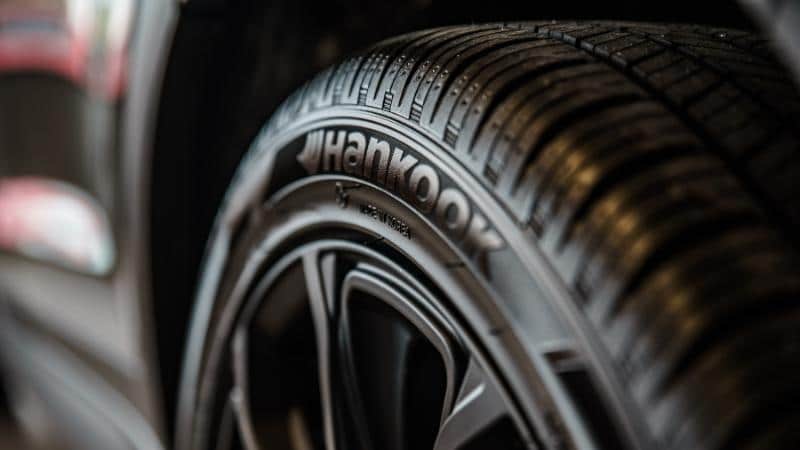
Passenger car tires are built for sedans, minivans, and CUVs. These tires provide a quiet and smooth ride with excellent traction and long-lasting treads. The light construction of such tires does not support carrying heavy loads and should not be installed on large vans, SUVs, and heavy trucks.
Most passenger car tire models are designed with all-season capability and have a high mileage rating for highway touring and driving. You can also expect most all-season passenger tires to have M+S indications to show the all-season capabilities.
Types of Passenger Car Tires
There are three types of passenger car tires that you should consider depending on how you want to use them.
1. Touring Passenger Car Tires
Touring tires for passenger cars are reliable for all-year comfort and traction. These tires are responsive and easy to handle when turning or braking in traffic.
Touring tires are built with asymmetrical tread patterns to achieve a quiet ride. They are a good option for frequent driving in and out of town.
2. Highway Tires
Highway tires should primarily be used on paved roads. They are built with long mileage for quiet and smooth rides and superior handling.
Most highway tire models have independent tread blocks and sipes that ensure outstanding on-road performance. Like most touring tires, these tire models also have an M+S symbol for all seasons.
Some tire makers make the treads deeper for even wearing. In addition, they have a five-rib tread pattern and broader lateral shoulder grooves to handle hydroplaning.
3. High-Performance and Ultra-High Performance Tires
If you are driving a sport or luxury car that can reach higher speeds, using passenger car tires designed for performance and excellent handling can maximize the vehicle’s capabilities.
These tires have low-profile sidewalls, huge tread blocks, and reinforced nylon caps covering the steel belts for extra durability when driving at higher speeds. These tires should primarily be used on the pavement and perform poorly on other types of roads.
High-performance tires have asymmetric tread patterns for driving in both dry and wet road conditions. The internal structure of ultra-high performance tires has lightweight steel belts and belt packages supported by nylon cords and aramid fibers for excellent high-speed capabilities.
Passenger tires should not be used aggressively, especially in off-road conditions. They should be used for long-term comfortable use.
What Are SUV Tires?
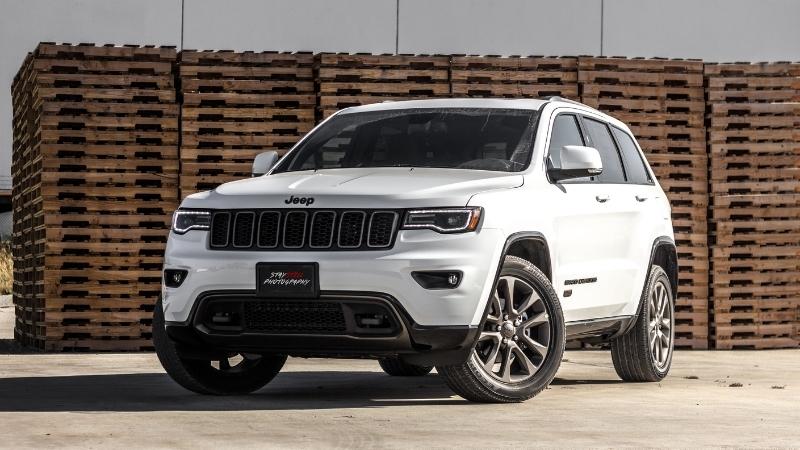
SUV tires are built with more versatility and capabilities than what average passenger car tires are. They are designed to carry heavy loads and manage intense hauling tasks. They should also be responsive as needed. This is why they have more rugged designs for durability when driving on challenging terrains.
Drivers are always advised to consider the load carrying potential of the vehicle when buying SUV tires. Always try and match the maximum load you want to carry to the load ratings. These tires also have heavy rubber compounds and aggressive treads for driving in wintery, muddy, or gravel road conditions.
These tires have improved traction and are gouging-resistant. There are different SUV tires to buy if you drive primarily off-road or on-road. Aggressive tread blocks are very stiff and uncomfortable for touring or driving on the pavement. They also make the vehicle handling very poor.
Types of SUV Tires
1. Highway Tires
These tires are built with all-season tread patterns to handle heavy SUV loads. They are designed to be comfortable enough to drive on the pavement.
Highway tires are engineered with tread patterns resistant to uneven wearing for extended tread life. The sipes dispense excess water in wet road conditions, suitable for all-season driving.
2. All-Terrain Tires
All terrains tires, abbreviated as A/T, are generally more aggressive than trail and highway tires. Their tread blocks are larger and have more voids for increased traction for off-road driving conditions. All-terrain tires have a severe weather service symbol. They can handle sand, gravel, and light mud.
In addition, these tires can handle off-road traction comfortably without feeling uncomfortable when driving on-road. They are also highly stable and comfortable, making off-road cruising a thrilling and enjoyable experience.
Most SUVs have all-terrain tires because they look aggressive with reduced surface noise, excellent comfort, and superior longevity.
3. Mud-Terrain
Mud terrain tires, also known as M/T tires, have aggressive tread patterns with oversize tread blocks and voids. These features allow the tires to have more traction when riding on sift terrains like sand and mud. Their sidewalls are highly aggressive, enhancing traction for soft terrains giving the tire a rugged outlook.
The extra reinforcement on these tires is resistant to abrasions, punctures, and tears common for off-road driving.
However, these tires are very uncomfortable when driving on well-paved roads and are noisier than other tires that are less aggressive. They are suitable for vehicles that should be driven off-road.
Differences Between Passenger Car Tires and SUV Tires
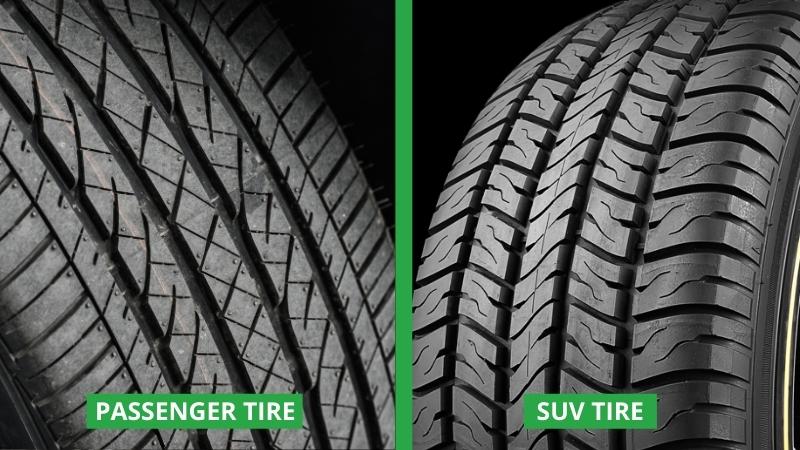
Sidewall Construction
The sidewall is the vertical part that connects the tread to the tire’s rim. Passenger car tires are designed to manage lighter loads which means that they have slimmer and shorter sidewalls.
Meanwhile, SUV tires are built explicitly with taller sidewalls to allow flexibility when cornering or driving off-road. The sidewalls are also thick enough to carry all the weight of the vehicle.
Tread Designs
Passenger car tires have tread designs that provide smooth rides. They mostly feature lateral grooves that are much more swept-back than what they are on SUV tires.
These tires have asymmetrical, symmetrical, or directional tread patterns with circumferential designs for better water channeling under the tire surface when driving on wet roads.
On the other hand, SUV tires have a more aggressive tread pattern placed on the huge tread blocks. These offer excellent traction for off-road driving, and the rugged tread patterns make the tires long-lasting.
These square-like tread blocks increase pound-per-square-inch force when the tires come into contact with the ground. This explains why the tires can sink deeper through rough tracks for a better grip.
Design Intent
The passenger car tires are designed for automobiles that handle lighter loads from the sidewall construction. These tires are built for well-built and paved roads.
This tire should not be used for off-road expeditions because the terrain and obstacles can put so much pressure on the sidewalls so that it may damage your tires and rim.
However, if you aim to carry heavy loads, you need to get SUV tires. These tires are bigger than passenger tires because they have knobby treads. SUV tires provide confidence when driving off-road because they are built with features to keep you safe when driving on such terrains.
Tread Lifespan
One of the many reasons you buy a new tire is that you expect a longer tread life. Tires with long-lasting treads are economical.
Passenger cars are built with different tread patterns for performance, summer, winter, or all season. The longevity will therefore depend on how you use the treads daily. Each is designed with a specific thickness size to handle the intended force.
SUV tires are also durable because they have blocky tread patterns. However, the amount of wear and tear depends on the types of terrains you traverse.
Some off-road SUV tires have been designed for rocky terrains and others for sandy or muddy roads. Therefore, you can choose one depending on the intended use and the treadwear warranty.
Pricing
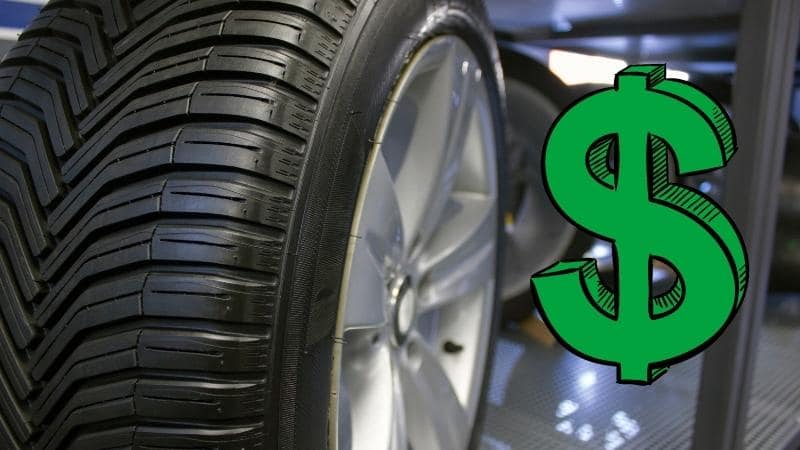
In terms of pricing, passenger car tires are cheaper than SUV tires. This statement explains why many drivers like using them on their vehicles.
Their value lies in providing smoother rides, especially when driving on well-paved and constructed roads.
Tire manufacturers also produce plenty of passenger car tires, so they set lower prices to gain a competitive edge.
However, when buying SUV tires, you need to understand how you use your vehicle. If you carry heavy goods or drive off-roads occasionally, there are tires designed specifically for the task.
If the car is heavy enough to put excess pressure on the passenger car tires, get SUV tires instead.
Rubber Compound
There is one general rule in the automotive industry that manufacturers must stick to. If the vehicle weight increases, the rubber compound should be harder to withstand the continued increase in frictional wearing.
Passenger car tires tend to have a sticky rubber compound which increases traction during cornering on well-constructed roads.
Alternatively, SUV cars primarily have hard rubber compounds because of the increased weight. The rubber compound is hard enough to absorb impact and rollover obstacles when driving off-road.
It should also provide enough traction to keep the wheels grounded on the road without flattening.
Frequently Asked Questions
Can SUV Tires Fit on a Passenger Car?
Yes, they can. Provided they can fit your car, and the tire size is the same as the initial tires on your vehicle. However, SUV tires are bigger with greater tread depth and sturdiness than passenger car tires that are smaller and lighter.
If you put larger SUV tires on a small car, they will increase the fuel consumption, you will experience poor handling, and the ride will be generally uncomfortable, noisier, and slower due to the heavy load.
Nonetheless, if the tires fit your car precisely and have enough clearance, you can go ahead and install them.
Can Passenger Car Tires Fit on an SUV?
Yes. Most passenger tires are compatible with SUVs. However, this should only be done if the vehicle is not driven off-road or used to haul heavy loads.
You can only use them for carrying passengers and cargo on paved roads. All-season passenger tires are commonly used for SUVs and minivans. If the SUV is bulkier and is used as a truck replacement, you should use LT tires.
If you intend on going off-road, in the mud or sand, you should avoid P tires at all costs. Such terrains need tires with taller sidewalls that can survive these conditions.
Conclusion
Expect bad things to happen if you use tires in a way they are not designed to. Passenger car tires should be well taken care of to last longer. Most tires built for highway driving tend to wear out faster when driven off-road.
Understanding the difference between the two tires can help you decide the best tires to put on your car.
Hi, my name is Niklas, the head content creator & CEO of Whirling Wheelz. I am very interested in vehicles of all kinds, mainly cars. I have a car mechanics degree from high school and a big hobby of mine is to follow the WRC (World Rally Championship) both online and through travel.

